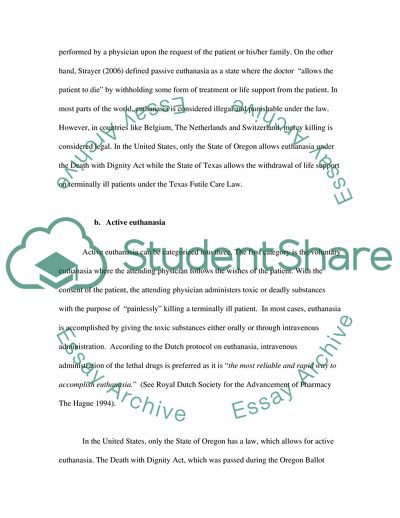Cite this document
(Explain euthanasia Coursework Example | Topics and Well Written Essays - 1500 words, n.d.)
Explain euthanasia Coursework Example | Topics and Well Written Essays - 1500 words. https://studentshare.org/health-sciences-medicine/1706278-explain-euthanasia
Explain euthanasia Coursework Example | Topics and Well Written Essays - 1500 words. https://studentshare.org/health-sciences-medicine/1706278-explain-euthanasia
(Explain Euthanasia Coursework Example | Topics and Well Written Essays - 1500 Words)
Explain Euthanasia Coursework Example | Topics and Well Written Essays - 1500 Words. https://studentshare.org/health-sciences-medicine/1706278-explain-euthanasia.
Explain Euthanasia Coursework Example | Topics and Well Written Essays - 1500 Words. https://studentshare.org/health-sciences-medicine/1706278-explain-euthanasia.
“Explain Euthanasia Coursework Example | Topics and Well Written Essays - 1500 Words”. https://studentshare.org/health-sciences-medicine/1706278-explain-euthanasia.


